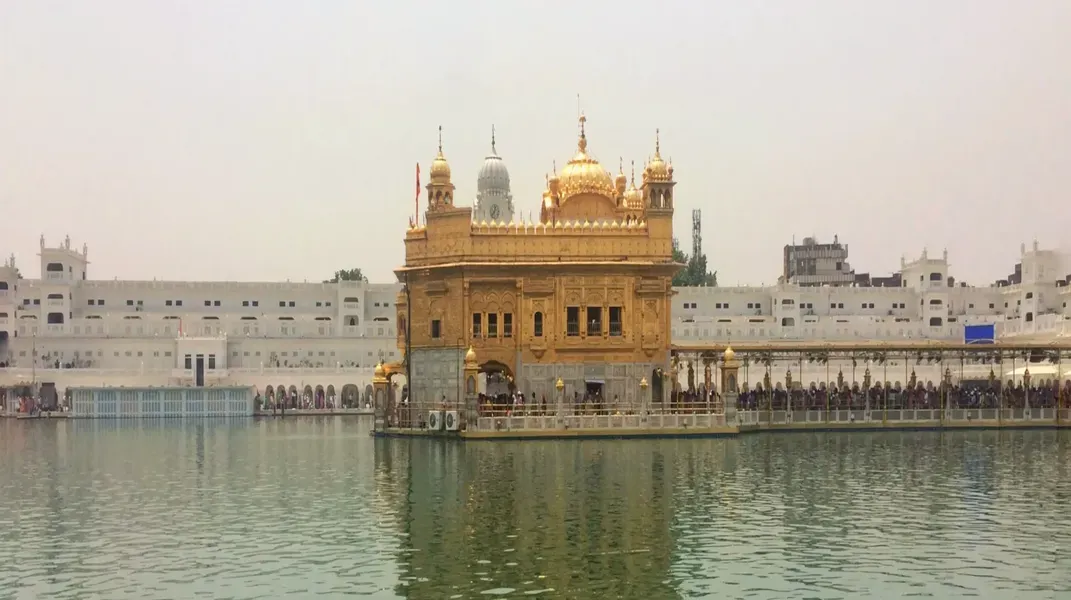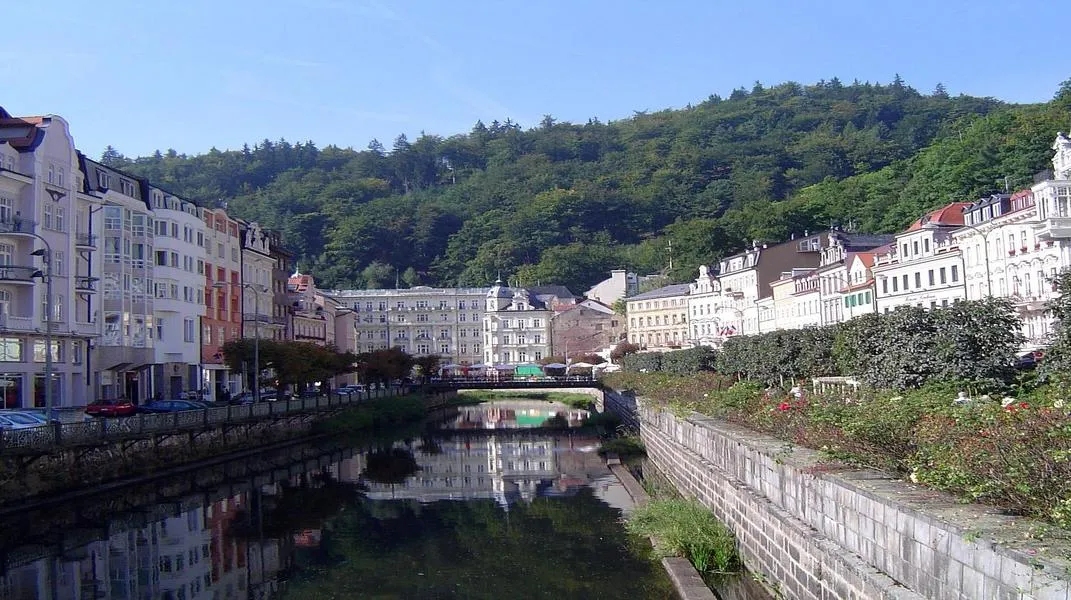Exploring Amritsar: A Jewel of Punjab
Amritsar, the spiritual and cultural heart of Punjab, India, is a city steeped in history, awe-inspiring architecture, and vibrant traditions. Known for its rich heritage, the city is home to the iconic Golden Temple (Harmandir Sahib), which attracts millions of pilgrims, tourists, and history enthusiasts every year. This article aims to provide a detailed overview of Amritsar as a tourist attraction, highlighting its key sites, cultural significance, and practical tips for visitors.

Historical Significance
Founded in 1577 by Guru Ram Das, the fourth Guru of the Sikhs, Amritsar has played a pivotal role in Sikh history. The city is named after the Amrit Sarovar (Pool of Nectar) that surrounds the Golden Temple. Over the centuries, Amritsar has witnessed significant events, including the tragic Jallianwala Bagh Massacre in 1919, which marked a turning point in India's struggle for independence. Today, the city stands as a testament to resilience and spirituality, drawing visitors from all corners of the globe.
Major Attractions
1. Golden Temple (Harmandir Sahib)
The centerpiece of Amritsar is undoubtedly the Golden Temple, a symbol of peace, spirituality, and communal harmony. Built in the 16th century, the temple features a stunning gold-plated dome, intricate marble work, and a serene water body that reflects its beauty. The architecture harmoniously blends Hindu and Islamic styles, showcasing the inclusive ethos of Sikhism.
Visitors can partake in the daily prayers and listen to the soothing recitations of the Guru Granth Sahib, the holy scripture of Sikhism. The temple complex also features the Langar, a community kitchen serving free meals to thousands of visitors every day, embodying the spirit of selfless service.
2. Jallianwala Bagh
A short walk from the Golden Temple lies Jallianwala Bagh, a memorial garden commemorating the victims of the tragic massacre on April 13, 1919. British troops, under the command of General Dyer, opened fire on a peaceful gathering, killing hundreds. The site features a museum, memorials, and preserved bullet holes in the walls, providing a poignant reminder of the struggle for freedom.
3. Wagah Border
Located about 30 kilometers from Amritsar, the Wagah Border is the point of entry and exit between India and Pakistan. The daily Beating Retreat ceremony, characterized by patriotic fervor, is a must-see for tourists. The ceremony involves a display of military drills by both countries' border security forces, culminating in the lowering of the flags at sunset. Arriving early to secure a good viewing spot is advisable, as the event attracts large crowds.
4. Gobindgarh Fort
A historical fort that dates back to the 18th century, Gobindgarh Fort was originally built to protect the city. It has been transformed into a cultural hub featuring light and sound shows, traditional dance performances, and exhibitions that showcase the history of Punjab. The fort offers visitors a glimpse into the region’s past while providing a lively atmosphere for entertainment.
5. Partition Museum
The Partition Museum, located near Town Hall, is dedicated to the memories and experiences of those affected by the partition of India in 1947. It houses personal stories, photographs, and artifacts that narrate the painful events surrounding the division of the country. This museum serves as an important reminder of the impact of historical events on human lives and promotes reconciliation and understanding.
6. Durgiana Temple
Durgiana Temple, also known as the Lakshmi Narayan Temple, is a prominent Hindu temple dedicated to Goddess Durga. Its architecture resembles that of the Golden Temple, featuring a sacred pool and intricate carvings. The temple is an essential part of Amritsar's religious landscape and is well worth a visit for those interested in Hindu traditions.
Cultural Experiences
Amritsar is not just about historical sites; it offers a vibrant cultural experience that encompasses local cuisine, festivals, and traditional crafts.
Cuisine
Punjabi cuisine is renowned for its rich flavors and hearty dishes. When in Amritsar, tourists should try local specialties such as:
- Amritsari Kulcha: A stuffed flatbread, often served with chole (chickpeas) and tangy pickles.
- Lassi: A refreshing yogurt-based drink that comes in sweet and salty variations.
- Sarson da Saag and Makki di Roti: A traditional winter dish made from mustard greens and corn flatbread, best enjoyed with a dollop of butter.
- Gulab Jamun: A popular dessert made from deep-fried dough balls soaked in sugar syrup.
Street food is also a highlight, with vendors offering snacks like bhalla chaat, jalebi, and samosas. Be sure to visit the bustling Hall Bazaar, where you can experience the local food scene.
Festivals
Amritsar is known for its vibrant festivals, especially Baisakhi, which celebrates the harvest season and the formation of the Khalsa in 1699. The city comes alive with colorful processions, cultural performances, and communal feasts. Diwali, Lohri, and Gurpurab, the birth anniversary of Guru Nanak, are also celebrated with grandeur, drawing large crowds and creating a festive atmosphere.
Shopping
Shopping in Amritsar is a delightful experience, with a variety of local handicrafts, textiles, and traditional artifacts available. Popular items to buy include:
- Phulkari: Traditional Punjabi embroidery that adorns dupattas, suits, and home decor.
- Juttis: Traditional Indian footwear that is both stylish and comfortable.
- Spices: Amritsar is known for its vibrant spice market, where visitors can purchase a variety of spices to take home.
Practical Tips for Visitors
Best Time to Visit
The best time to visit Amritsar is from October to March when the weather is pleasant and ideal for sightseeing. Summers can be scorching, with temperatures soaring above 40°C (104°F), while winters can get chilly, especially in December and January.
Getting There
Amritsar is well-connected by air, rail, and road. The Sri Guru Ram Dass Jee International Airport serves domestic and international flights. The city is also accessible by train, with Amritsar Junction being a major railway station. For those traveling by road, several buses connect Amritsar with neighboring cities.
Accommodation
Amritsar offers a range of accommodation options, from budget hostels to luxury hotels. For a unique experience, consider staying in a heritage hotel or a guesthouse that reflects the local culture. Popular choices include:
- Taj Swarna: A luxury hotel with modern amenities and exceptional service.
- Hotel City Heart: A mid-range option located close to the Golden Temple.
- Budget hostels: Numerous hostels are available for backpackers and budget travelers.
What to Pack
When preparing for your visit to Amritsar, consider the following items:
- Modest Clothing: As a religious city, visitors should dress modestly, especially when visiting the Golden Temple. Women may want to carry a dupatta or scarf to cover their heads.
- Comfortable Footwear: You will be doing a lot of walking, so comfortable shoes are a must. Remember that visitors are required to remove their shoes before entering the Golden Temple.
- Sunscreen and Hat: If you are visiting during the summer months, protect yourself from the sun with sunscreen and a hat.
- Camera: Don’t forget your camera or smartphone to capture the stunning sights and vibrant culture of Amritsar.
Local Etiquette
Understanding local customs and etiquette can enhance your experience in Amritsar. Here are a few tips:
- Respect Religious Practices: Be mindful of the customs at religious sites. Silence your phone and speak softly in the Golden Temple.
- Participate in the Langar: If you choose to eat at the Langar, it's customary to sit on the floor while eating and to help clean up afterward.
- Ask for Permission: Always ask for permission before taking photographs of people, especially in rural areas.
Conclusion
Amritsar is not just a destination; it’s an experience that resonates with history, spirituality, and culture. From the magnificent Golden Temple and the poignant Jallianwala Bagh to the vibrant local markets and delectable cuisine, the city offers a rich tapestry of experiences for every traveler. With its welcoming spirit and deep-rooted traditions, Amritsar promises to leave a lasting impression on anyone who visits.
Whether you are a history buff, a culinary enthusiast, or a spiritual seeker, Amritsar has something to offer everyone. Prepare yourself for a journey that will not only enrich your understanding of Sikh culture but also provide a glimpse into the heart of India. So pack your bags, embark on this incredible journey, and immerse yourself in the vibrant life of Amritsar!




